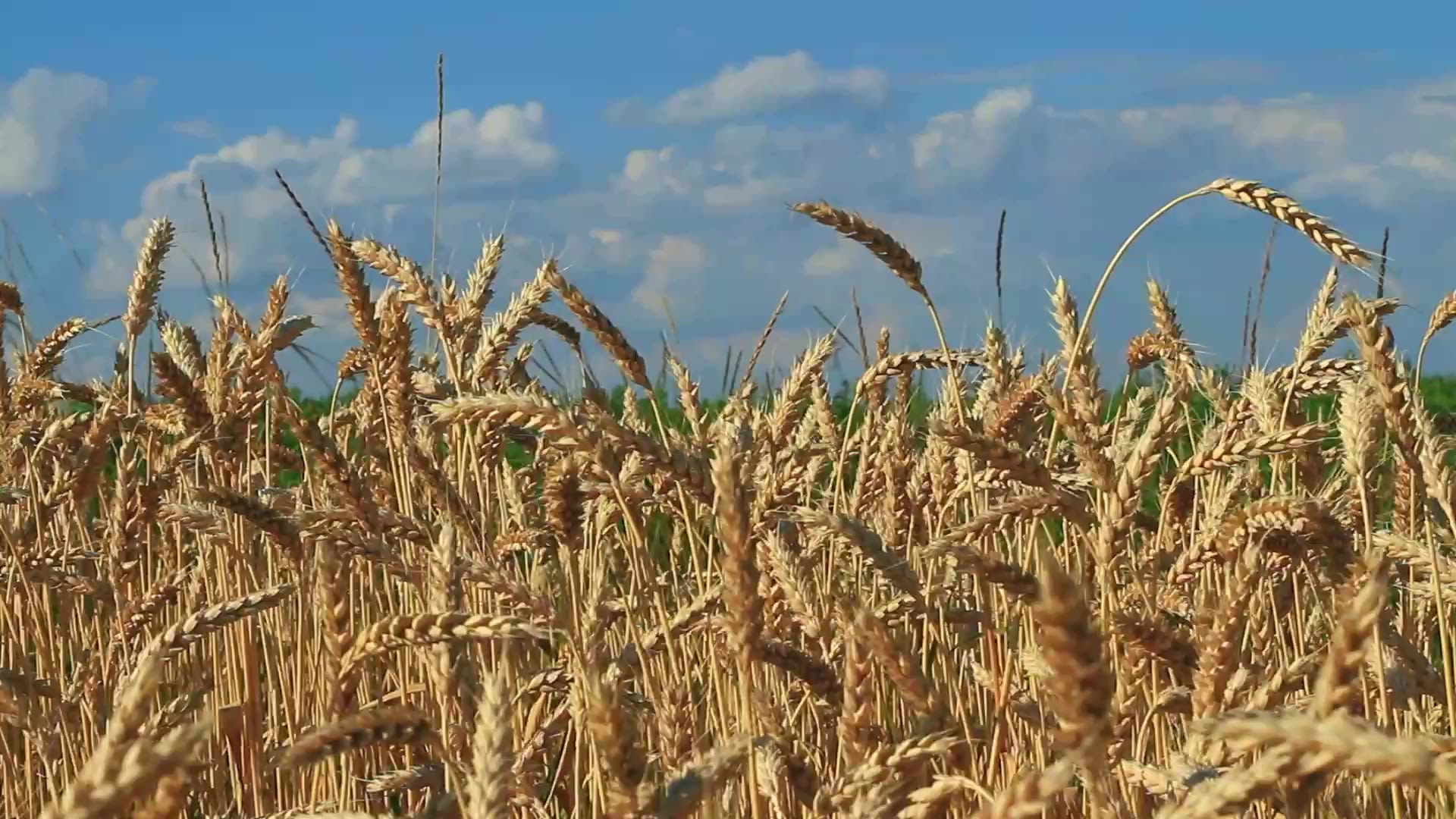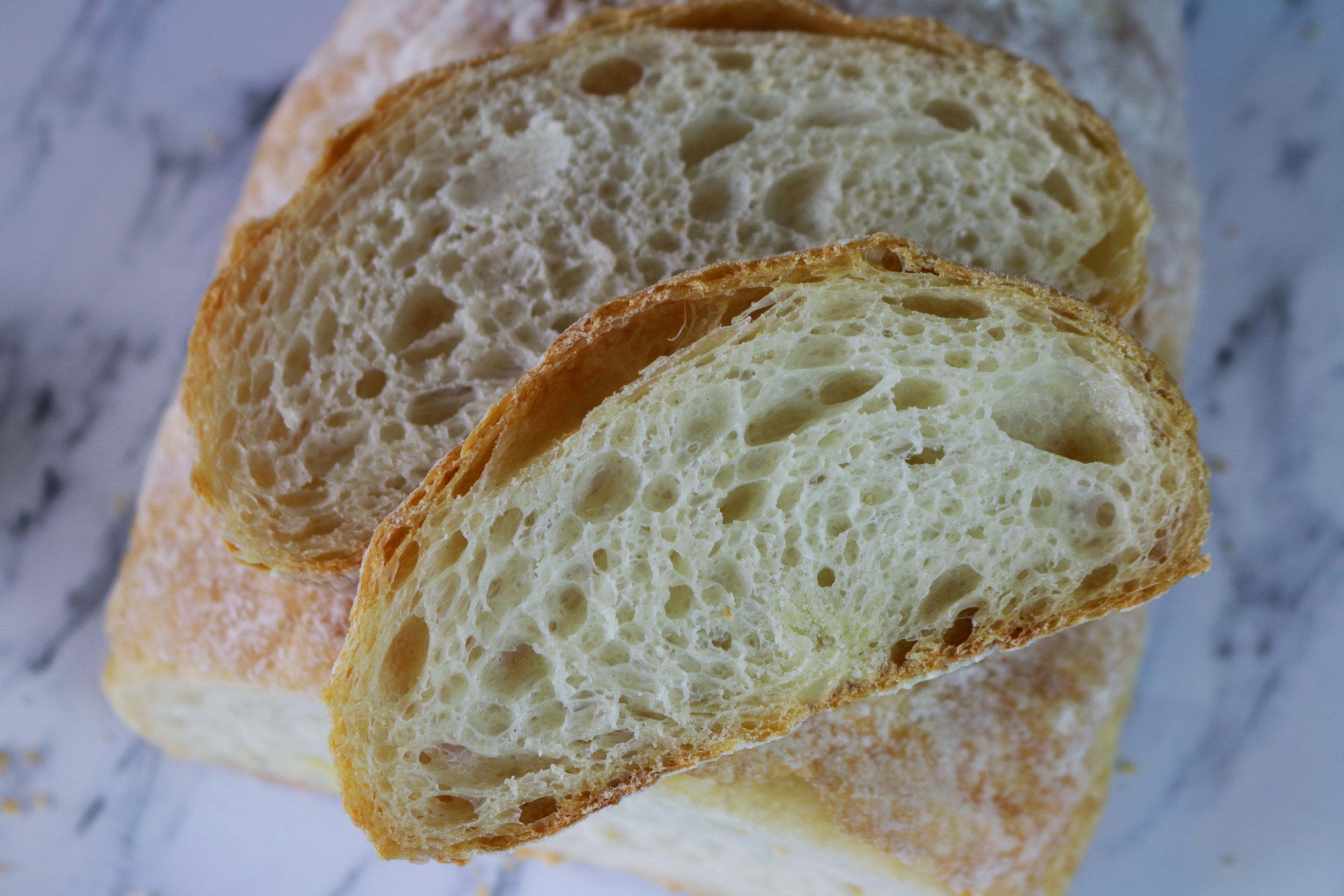Case Study 3
Revolutionising fibre intake - the wheat breakthrough
Part of the Revolutionising Wheat Story

Enter Dr Brittany Hazard's team at the Quadram Institute, who have pioneered a high-resistant starch wheat variety. They conducted clinical studies in collaboration with Norfolk & Norwich University Hospitals to explore if this wheat could bridge the fibre gap and combat diet-related health issues.
The studies focused on how bread high in resistant starch affects blood sugar compared to regular white bread. Results showed potential for lower blood sugar responses, suggesting it resists digestion. An unexpected bonus was that high-resistant starch bread stayed fresher during chilled storage, hinting at commercial potential.
This wheat grain resists digestion in the small intestine, instead getting digested in the colon. Resistant starch is linked to better gut health, lower blood sugar, and increased satiety.
Hazard’s team uses wheat TILLING resources developed under the DFW programme to create wheat lines with various resistant starch mutations. BBSRC funding for the JIC Molecules from Nature strategic programme and Quadram Institute Food Innovation and Health strategic programme also supported this ground-breaking research.
Lastly, the team developed an assay to identify starch digestibility variations in the JIC Watkins landrace collection. This could uncover naturally high-resistant starch wheat lines, offering even more dietary fibre solutions.
Listen to Dr Brittany Hazard as she explains more about this world-class research
In other research, scientists led by Rothamsted Research and JIC pinpointed some of the genes responsible for arabinoxylan (AX) content, the major component of dietary fibre in white flour. They've created high-fibre wheat with double the AX fibre content compared to regular white flour, promising healthier white bread. With colleagues at the LSHTM they’ve calculated that, with no change in eating habits and consuming regular products made from this healthier wheat would increase adult fibre consumption by about 1.5g/day.



BBSRC invests to push back the frontiers of biology and deliver a healthy, prosperous and sustainable future.
https://www.ukri.org/councils/bbsrc/
Get in touch with us to discuss BBSRC’s research outcomes and impacts or to tell us about your own:
Emma Lambourne
Senior Manager, Impact Evidence
emma.lambourne@bbsrc.ukri.org
Dr Beverley Thomas
Associate Director, Evidence and Evaluation
beverley.thomas@bbsrc.ukri.org
